Introduction
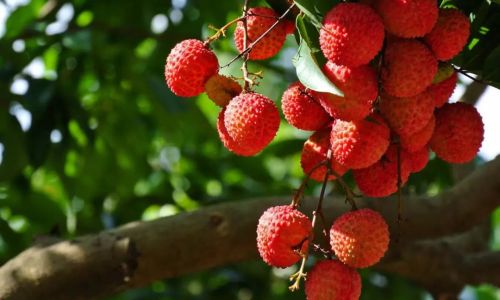
Lychees (Litchi chinensis) are tropical fruits renowned for their sweet, juicy flesh and distinctive floral aroma. Native to southern China, these delicate fruits have gained popularity worldwide due to their exquisite taste and nutritional benefits. However, maintaining the freshness of lychees can be challenging, especially when considering their short shelf life. Understanding how long fresh lychees can be stored at room temperature is crucial for consumers who wish to enjoy this fruit at its peak of flavor and quality. This article delves into the factors influencing lychee shelf life, storage techniques, and the potential consequences of improper handling.
Factors Influencing Lychee Shelf Life
Several factors contribute to the shelf life of fresh lychees, including maturity at harvest, post-harvest handling, storage conditions, and packaging.
Maturity at Harvest
The maturity stage of lychees at harvest significantly impacts their shelf life. Prematurely harvested lychees may not have fully developed their sugars and flavors, while overripe fruits are prone to rapid deterioration. Ideally, lychees should be harvested when they are fully ripe but still firm to the touch. This stage is often indicated by the presence of a bright red or pink hue on the fruit’s exterior and a slight give when gently pressed.
Post-Harvest Handling
Post-harvest handling practices are vital in preserving the quality of lychees. Immediate cooling after harvest can slow down respiration and enzymatic activities that lead to spoilage. Lychees should be handled gently to avoid bruising, which can provide entry points for microorganisms and accelerate decay. Sorting and grading based on size, maturity, and quality also help in managing storage more effectively.
Storage Conditions
Temperature and humidity are the primary environmental factors affecting lychee shelf life. Lychees are highly perishable and sensitive to warm temperatures. At room temperature (typically considered to be between 20°C to 25°C), lychees will undergo rapid respiration and moisture loss, leading to a shortened shelf life. Ideally, lychees should be stored at refrigerated temperatures (around 2°C to 5°C) with high humidity (90%-95%) to maintain their freshness and extend their shelf life.
Packaging
Proper packaging can further extend the shelf life of lychees by controlling the microenvironment around the fruit. Ventilated packaging materials that allow for gas exchange while maintaining humidity are preferred. This helps in reducing condensation, which can promote mold growth, and prevents the build-up of ethylene, a gas that accelerates ripening and senescence in many fruits.
Shelf Life at Room Temperature
Now, let’s address the central question: how long can fresh lychees be stored at room temperature? Generally speaking, the shelf life of fresh lychees at room temperature is relatively short, ranging from a few days to a week, depending on the aforementioned factors.
Initial Quality
The initial quality of the lychees upon harvest is crucial. Freshly picked, ripe lychees with intact skin and firm flesh will have a longer shelf life compared to those that are already showing signs of overripeness or damage.
Storage Environment
The specific room temperature and humidity levels where the lychees are stored will also play a significant role. Higher temperatures and lower humidity will accelerate the deterioration process, reducing the shelf life. Conversely, cooler rooms with higher humidity can slightly extend the time before spoilage occurs.
Handling and Packaging
As mentioned earlier, careful handling and appropriate packaging can help preserve the quality of lychees. Rough handling can cause bruises, which will quickly lead to decay. Proper packaging that maintains humidity and protects against physical damage can extend the shelf life by creating a more favorable microenvironment for the fruit.
Signs of Spoilage
Identifying the signs of spoilage in lychees is important to avoid consuming fruits that have gone bad. Here are some indicators that your lychees may no longer be fresh:
Discoloration
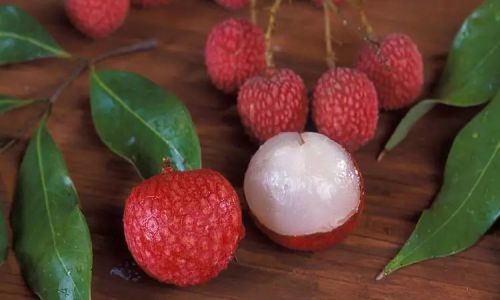
Fresh lychees have a vibrant red or pink hue. As they spoil, the color may fade to a dull brown or gray. Discoloration is often accompanied by dark spots or patches on the fruit’s surface.
Softness and Bruising
Ripe lychees should have a firm texture. If they feel mushy or overly soft, it’s a sign that they have started to decompose. Bruises, cracks, or punctures in the skin are also indicators of damage that can lead to rapid spoilage.
Off Odor
Fresh lychees have a distinctive, sweet floral aroma. As they spoil, this aroma may change to a sour, musty, or alcoholic smell, indicating the presence of bacteria or fungi.
Mold Growth
Mold growth is a clear sign of spoilage. If you see any mold on the surface of the lychees or inside the packaging, discard the fruit immediately to prevent the spread of mold spores.
Storage Alternatives
Given the limited shelf life of lychees at room temperature, consumers may opt for alternative storage methods to extend their enjoyment of this delicious fruit.
Refrigeration
Refrigeration is the most effective way to prolong the shelf life of lychees. Storing them in the refrigerator at temperatures between 2°C to 5°C with high humidity can extend their shelf life to up to two weeks. However, it’s important to note that refrigerated lychees may lose some of their flavor intensity and texture compared to freshly picked fruits.
Freezing
For longer-term storage, lychees can be frozen. This method involves peeling the fruits, removing the seeds, and then placing the flesh in airtight containers or freezer bags. Lychees can be frozen for several months, although their texture will change upon thawing, making them more suitable for use in cooking or baking rather than as a fresh snack.
Drying
Dried lychees are another option for preserving the fruit. Drying removes moisture, which inhibits microbial growth and extends the shelf life significantly. However, dried lychees will have a concentrated sweetness and a different texture compared to fresh fruits.
Canning
Canning lychees involves processing them in a hot water bath or steam canner to destroy microorganisms and then sealing them in airtight containers. This method can preserve lychees for up to a year but alters their taste and texture due to the heat processing.
Conclusion
In summary, the shelf life of fresh lychees at room temperature is relatively short, typically ranging from a few days to a week, depending on factors such as maturity at harvest, post-harvest handling, storage conditions, and packaging. To maximize the enjoyment of these tropical delights, consumers should consider alternative storage methods like refrigeration, freezing, drying, or canning. By understanding the factors that influence lychee shelf life and recognizing the signs of spoilage, consumers can ensure they consume lychees at their peak of freshness and quality.
Maintaining the integrity of lychees from harvest to consumption not only preserves their exquisite flavor and texture but also supports the livelihoods of farmers and the sustainability of tropical ecosystems where these fruits are grown. As global demand for lychees continues to rise, it is crucial for all stakeholders in the supply chain—from producers to consumers—to prioritize best practices in post-harvest handling and storage to minimize waste and maximize the nutritional and sensory benefits of this unique fruit.
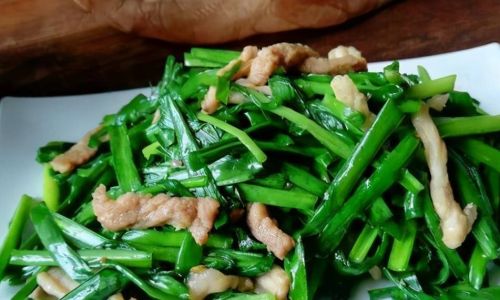
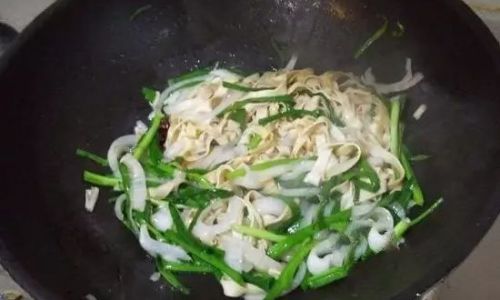
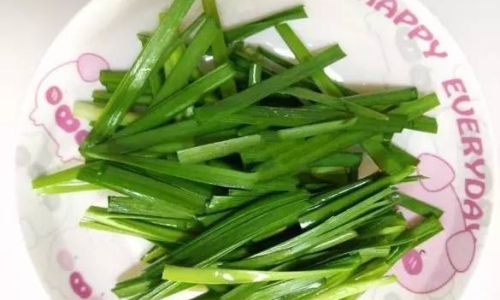
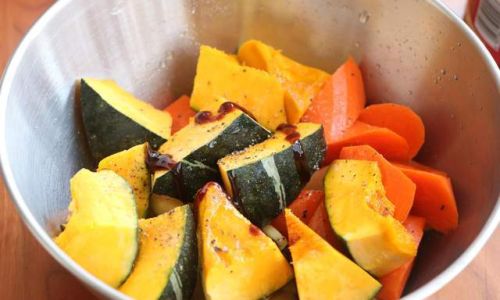
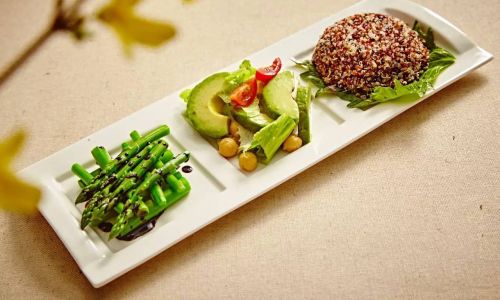
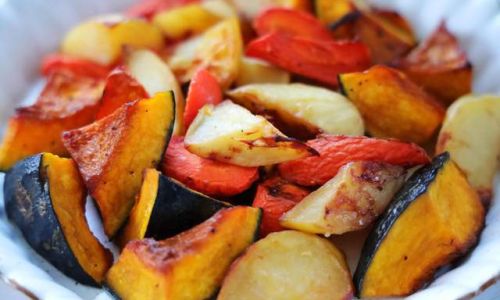
0 comments